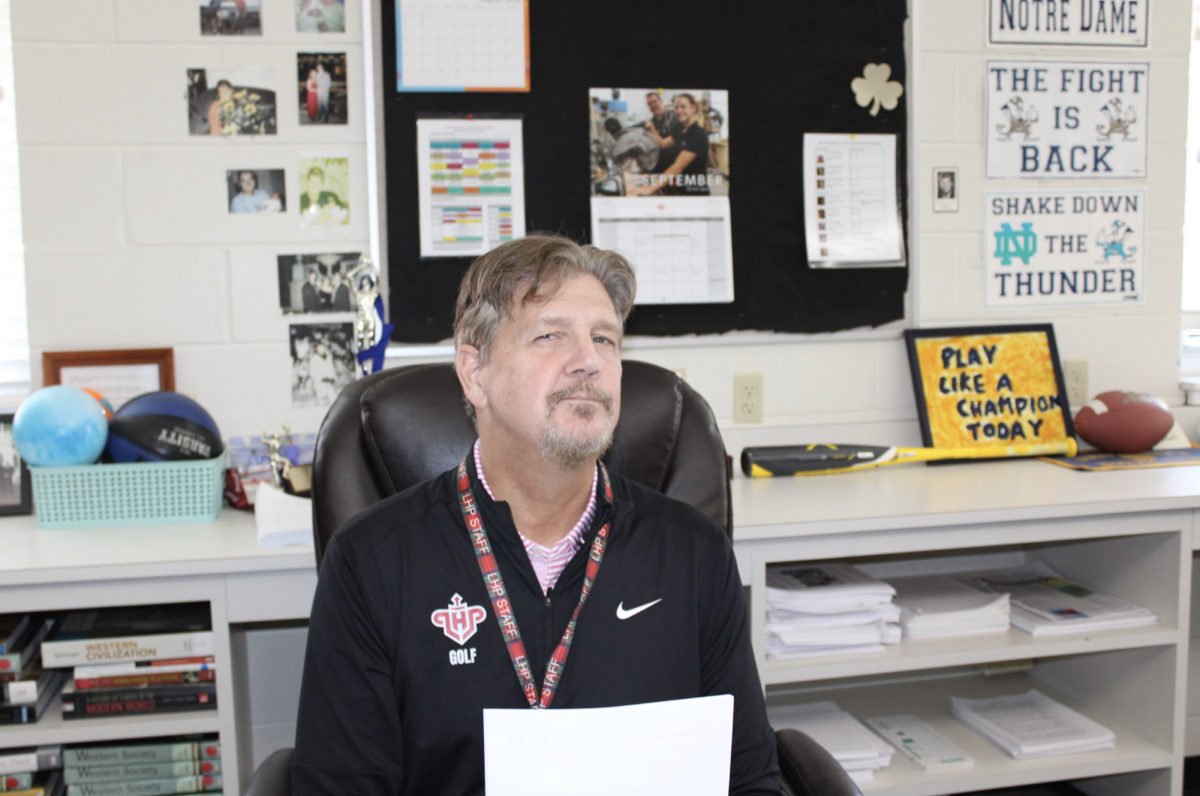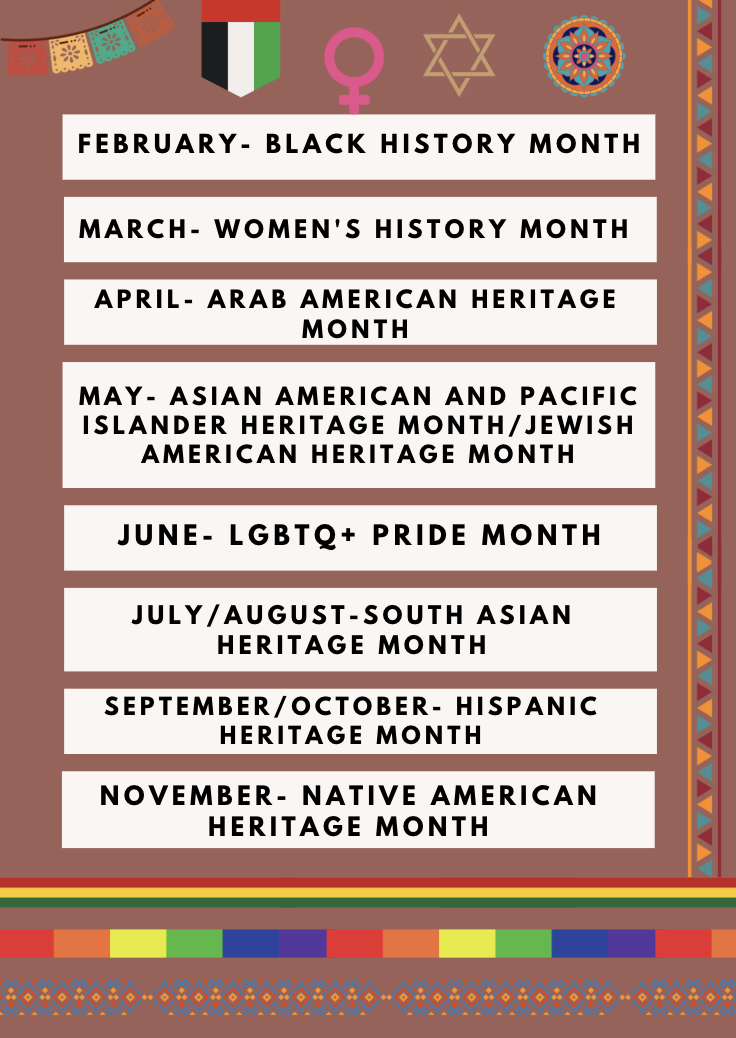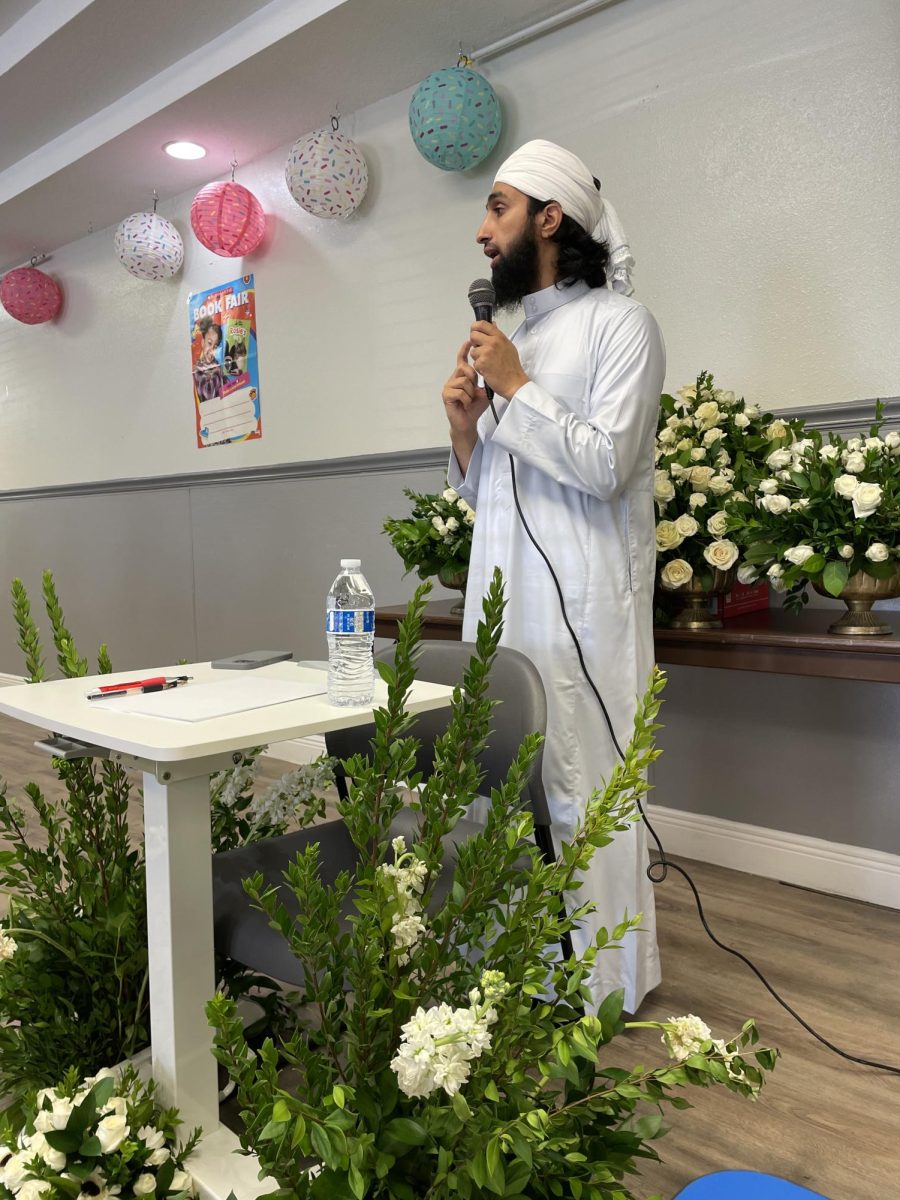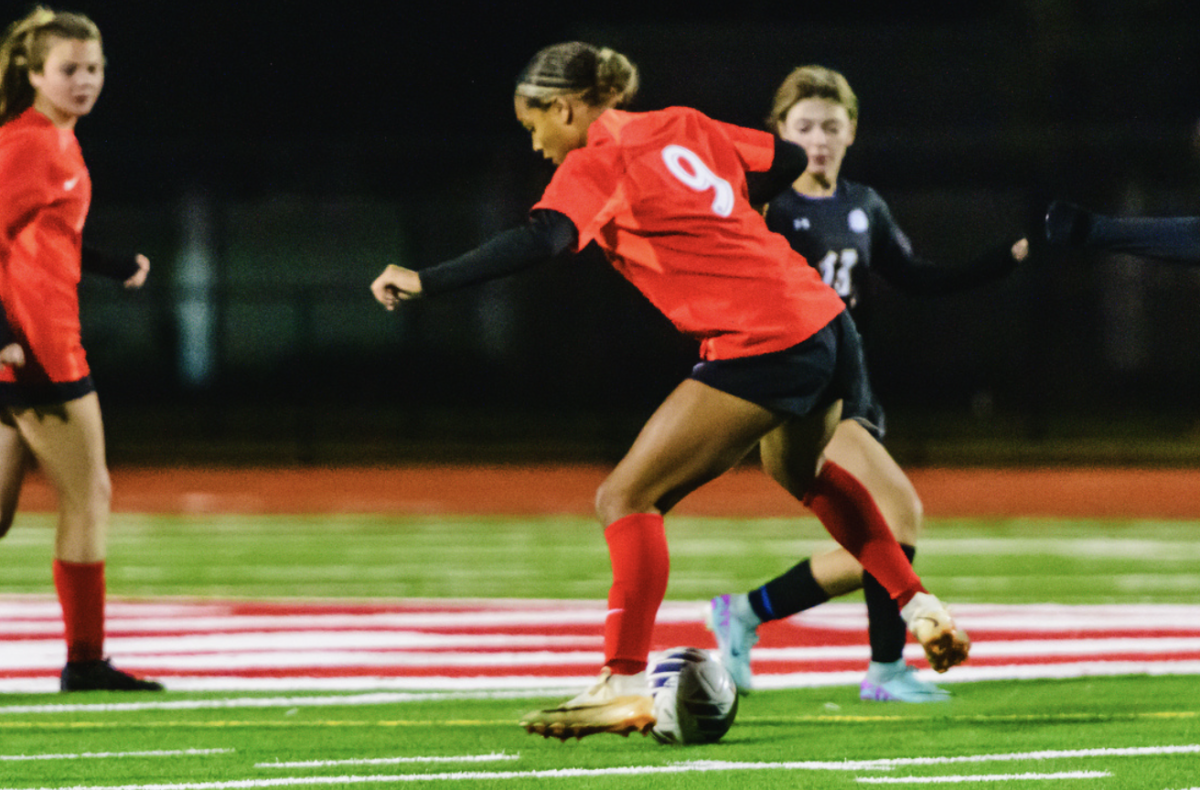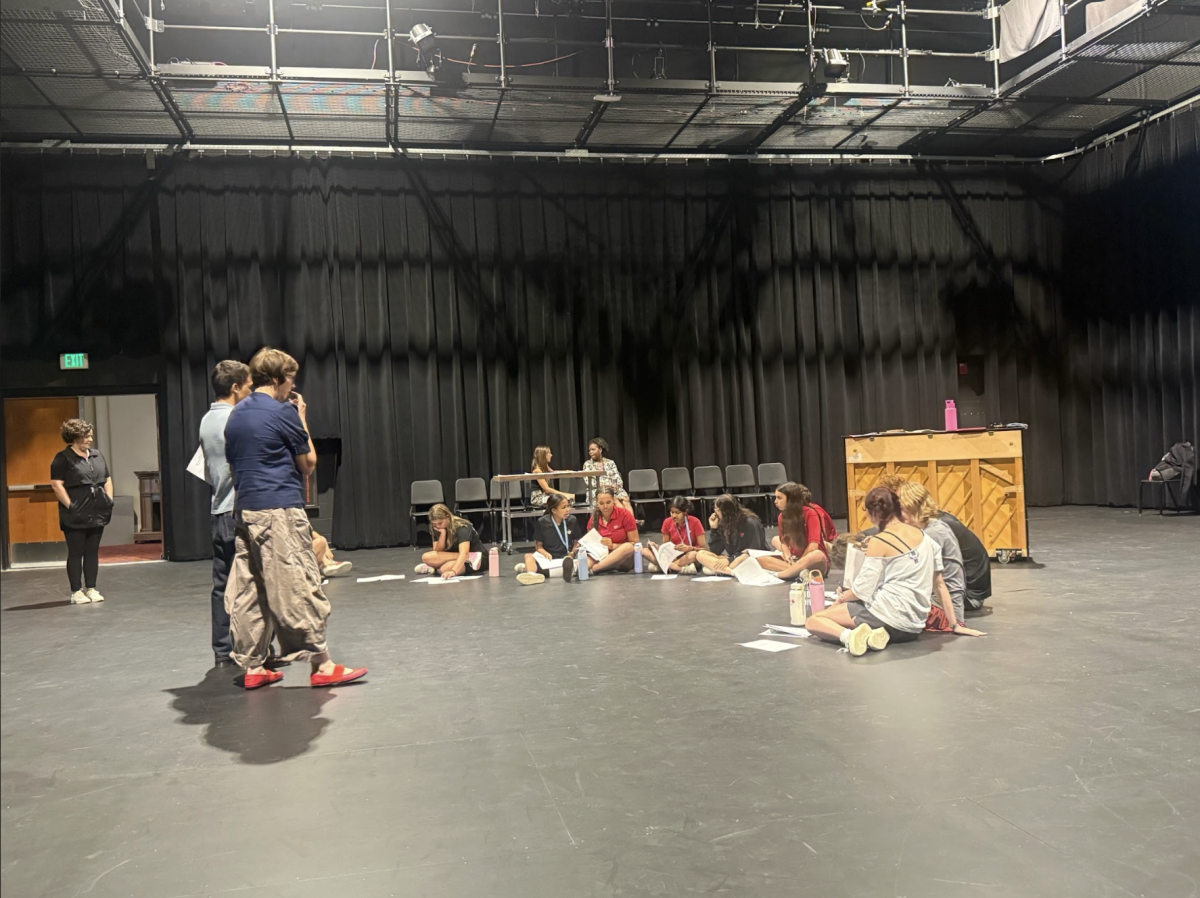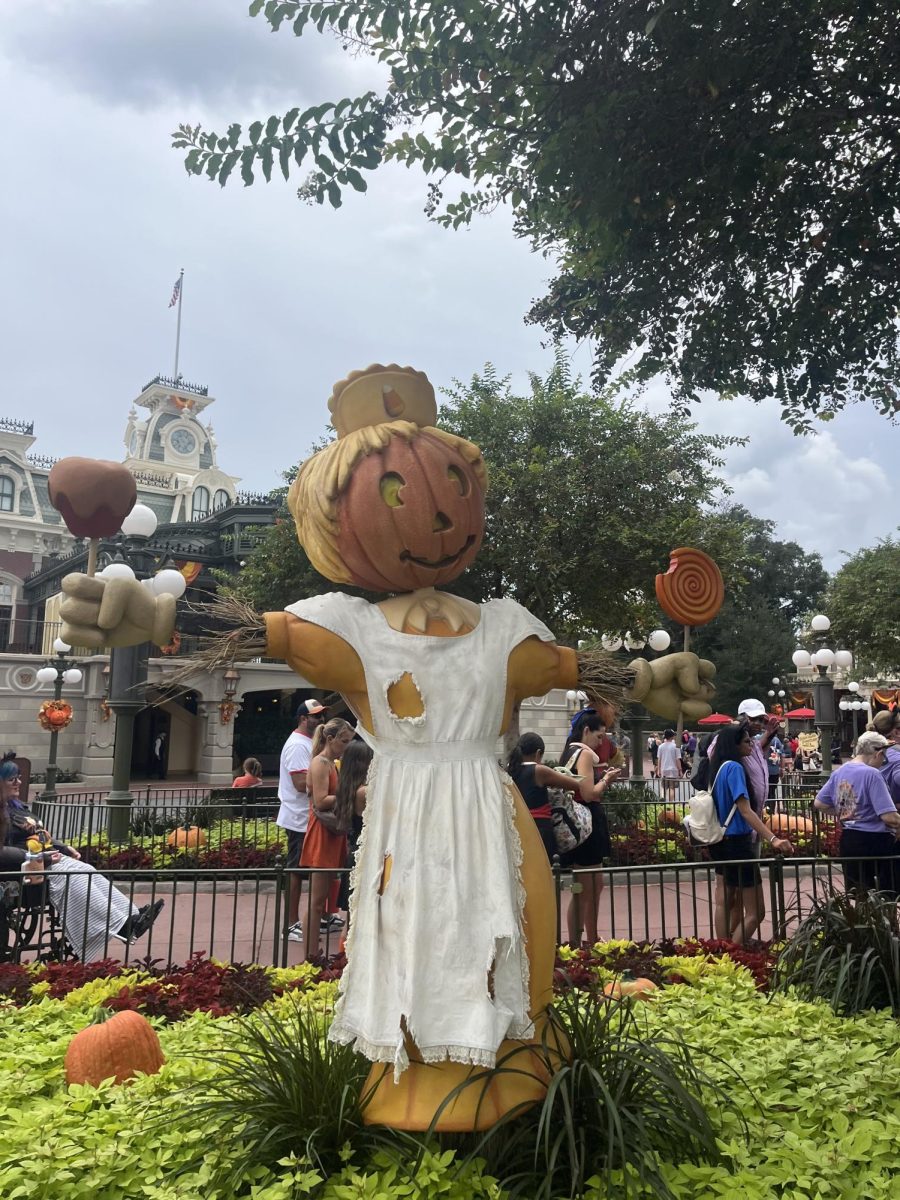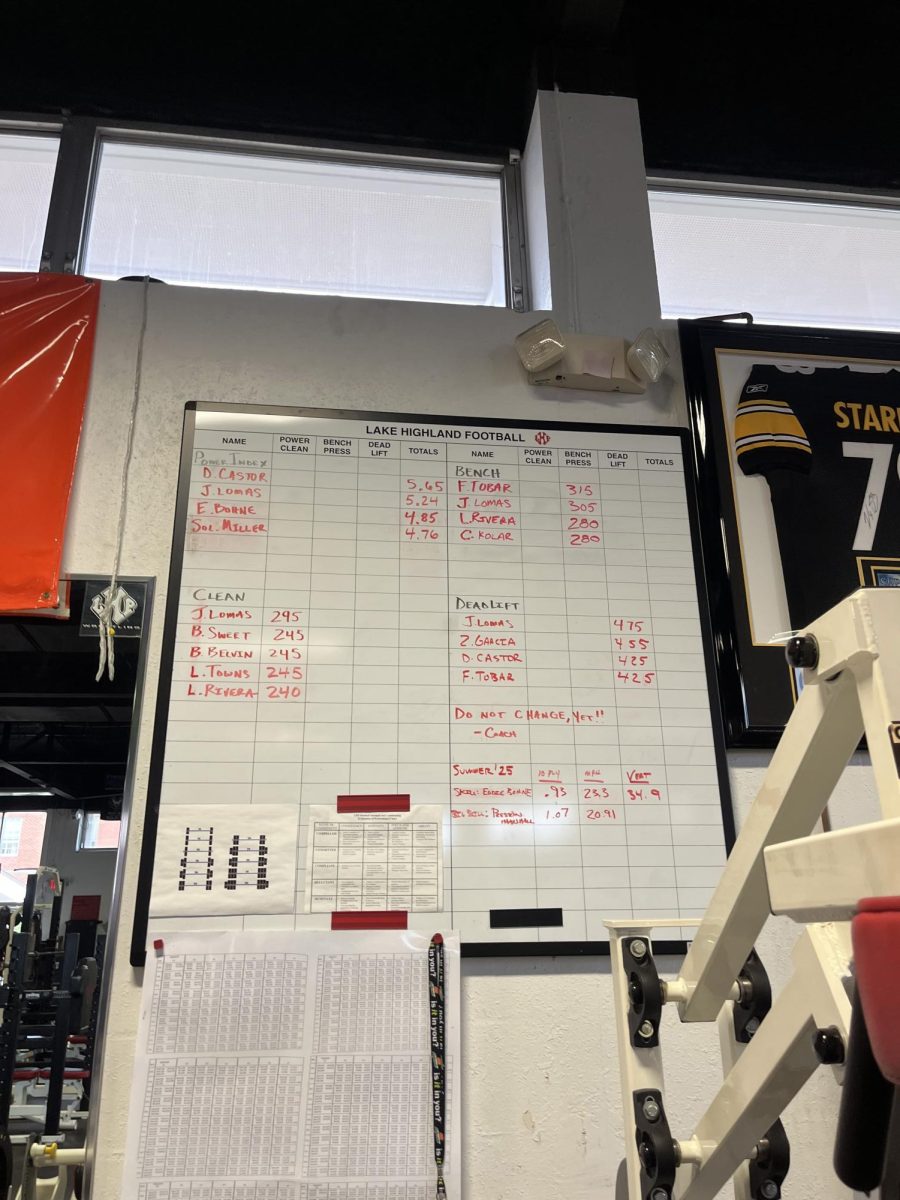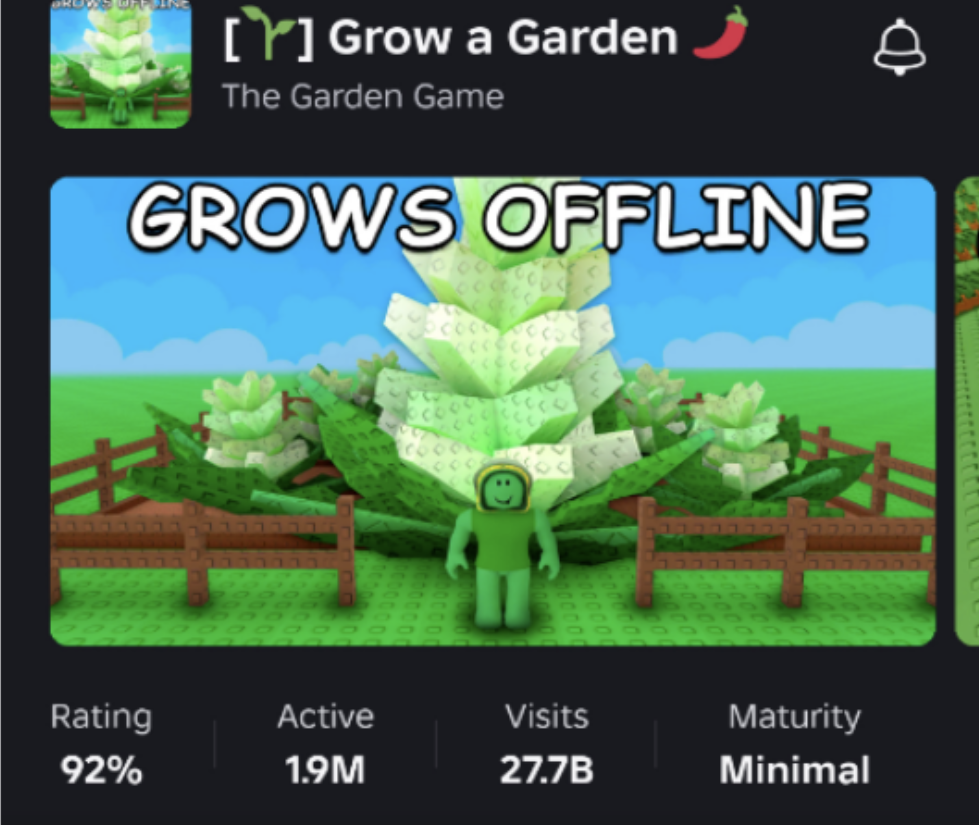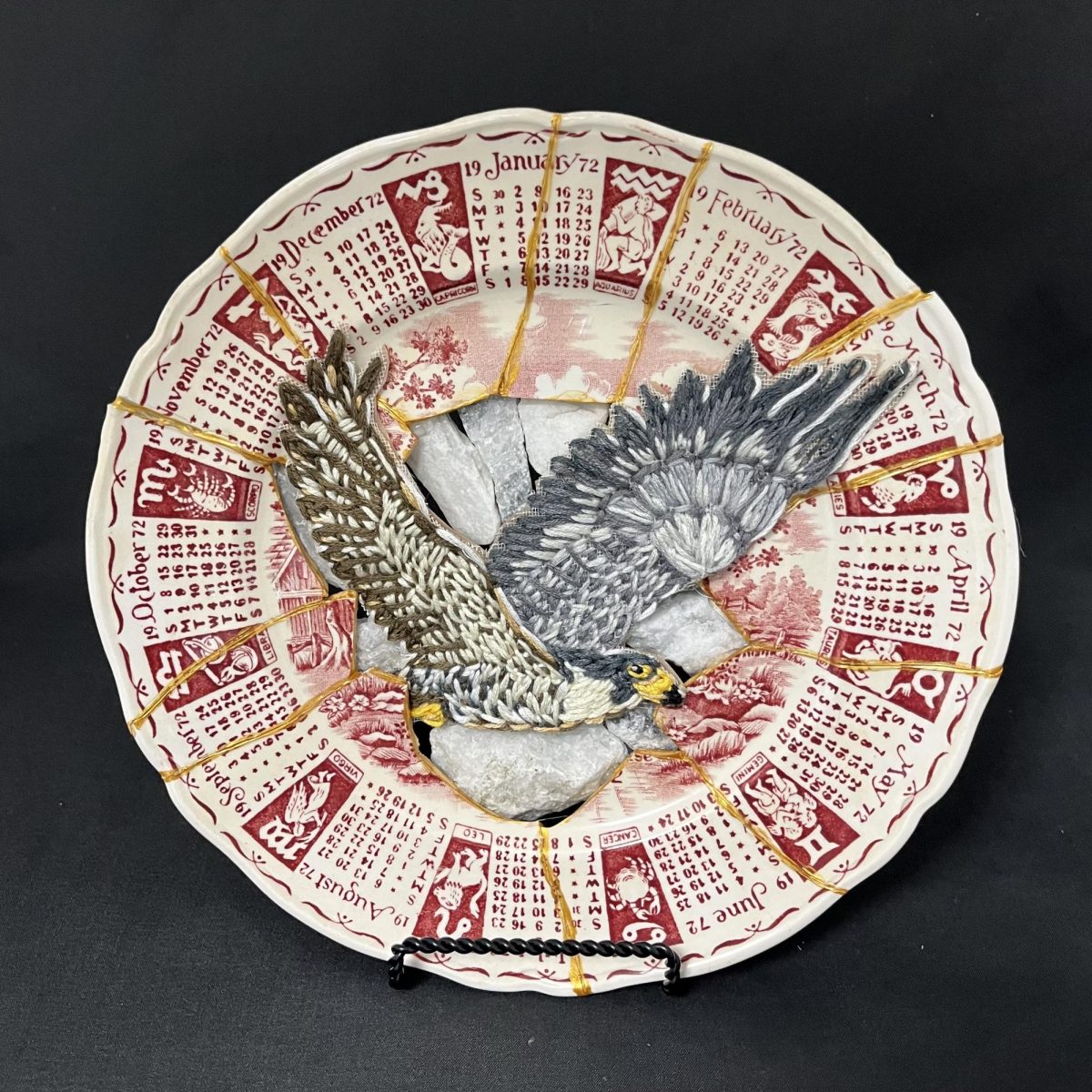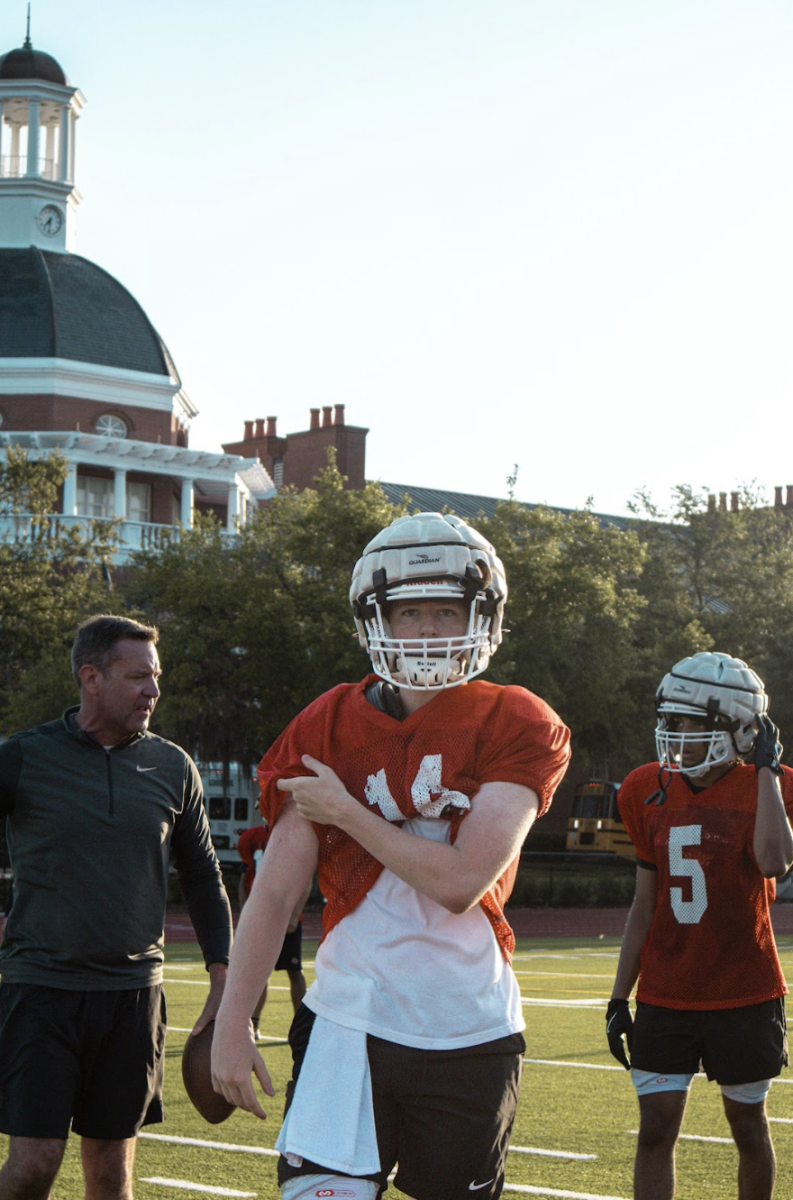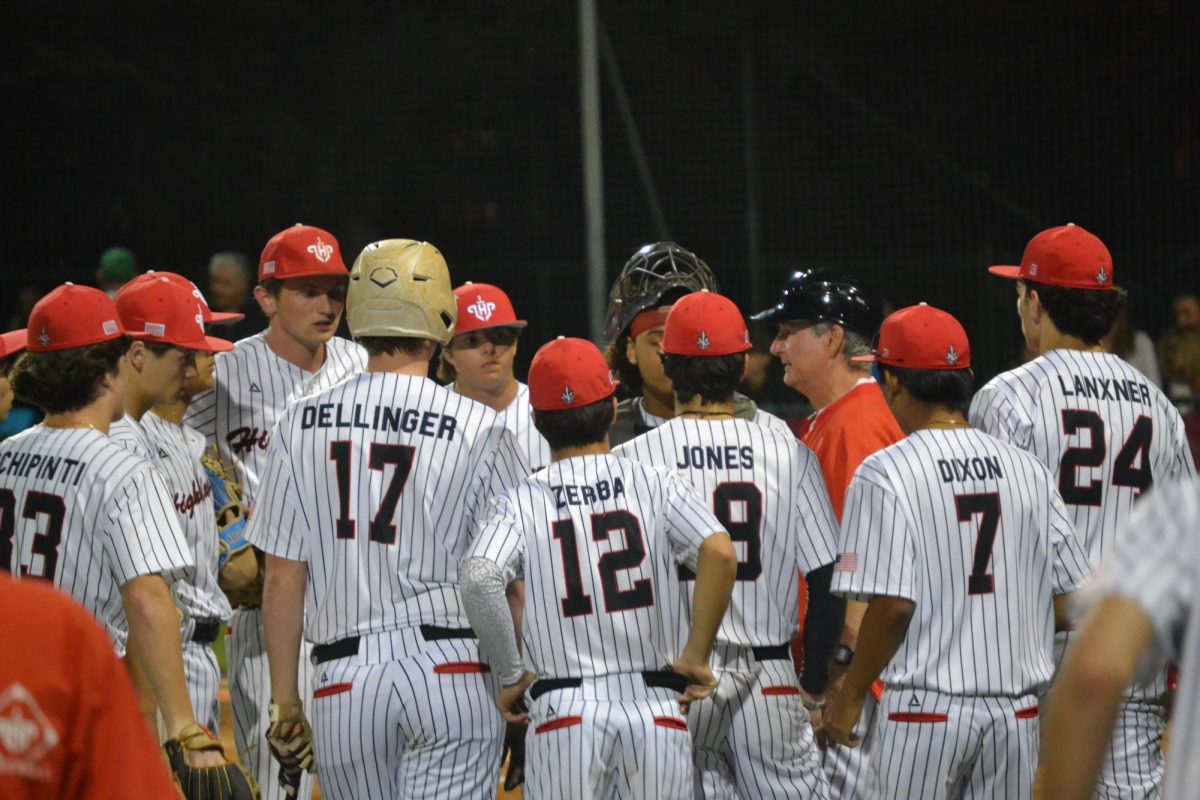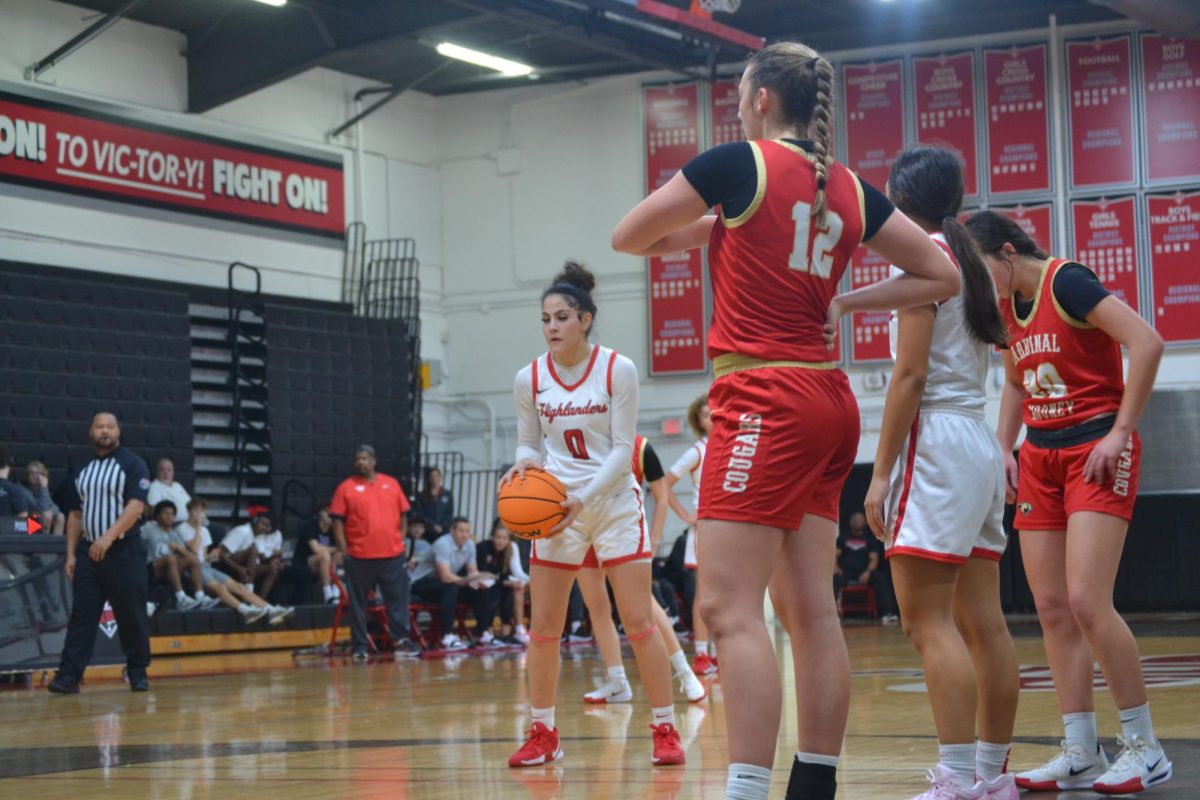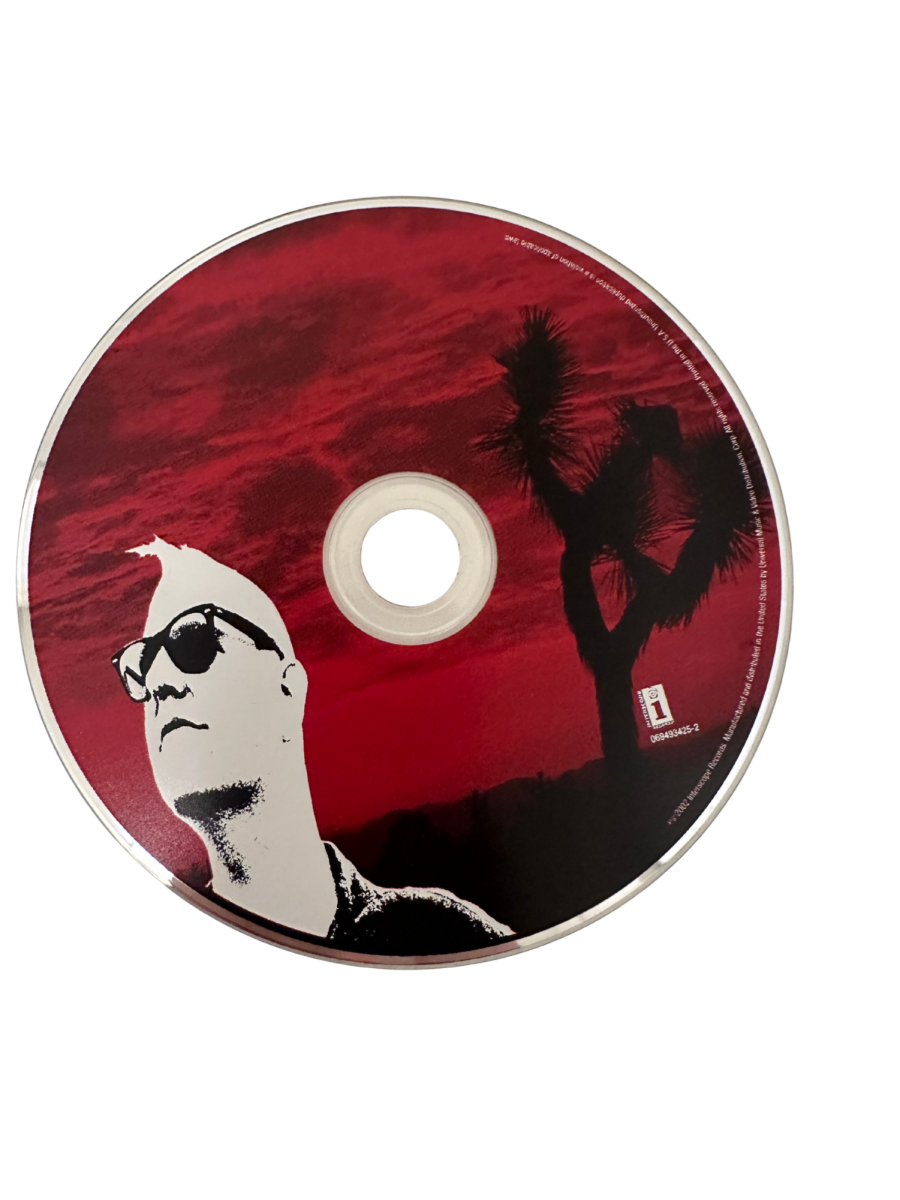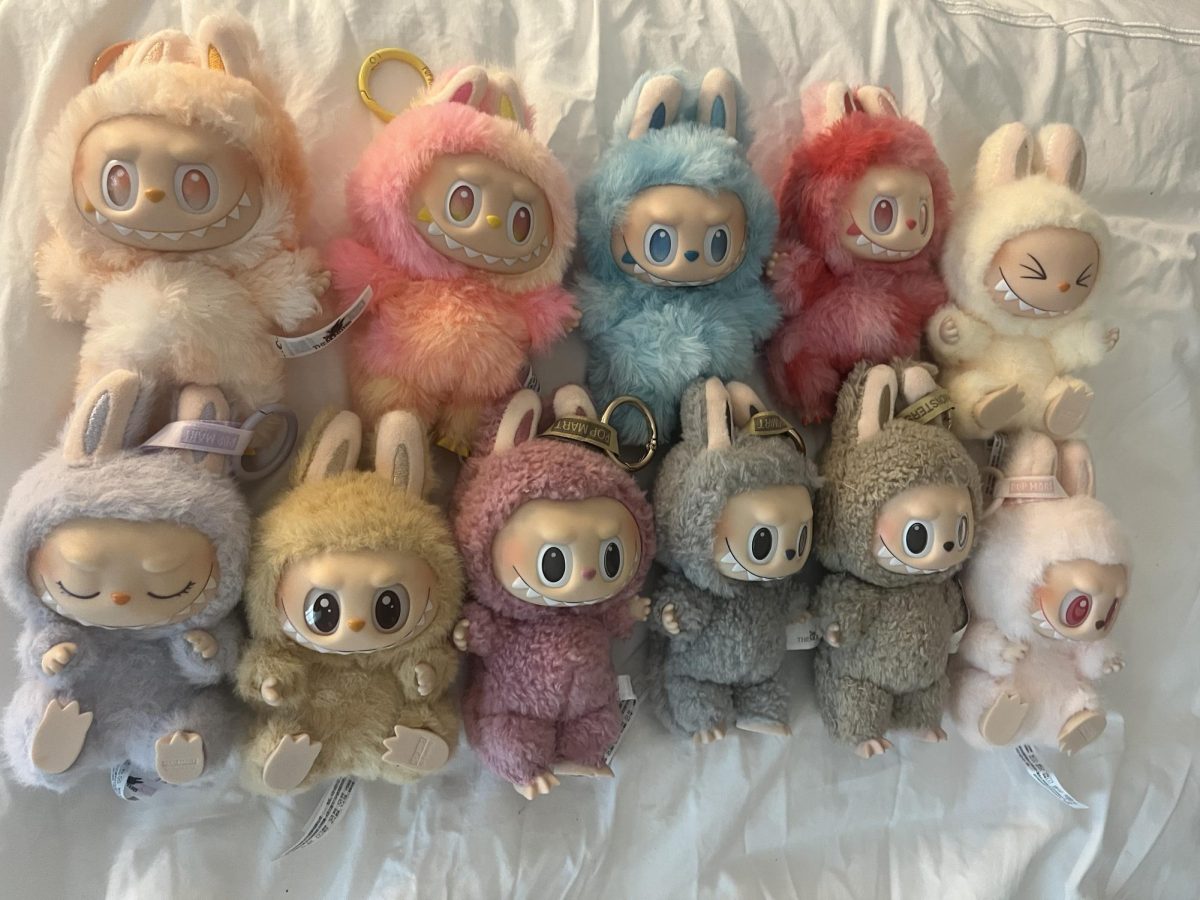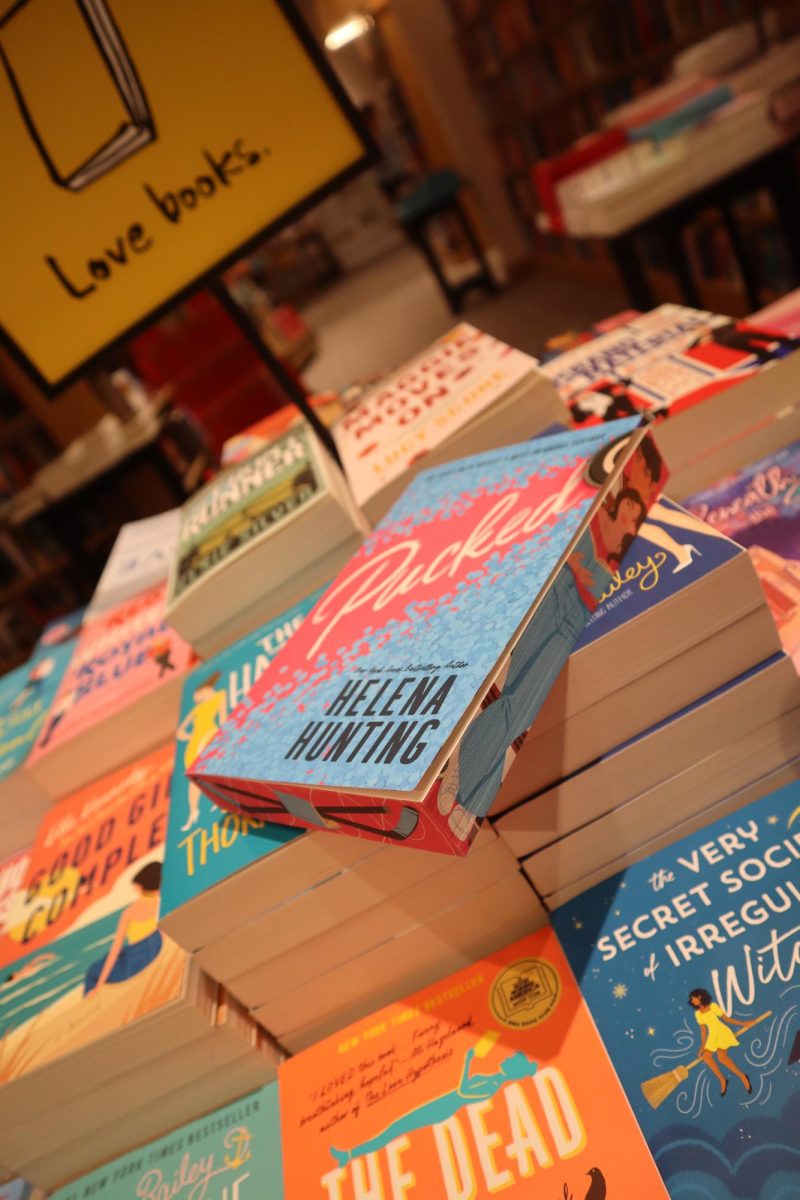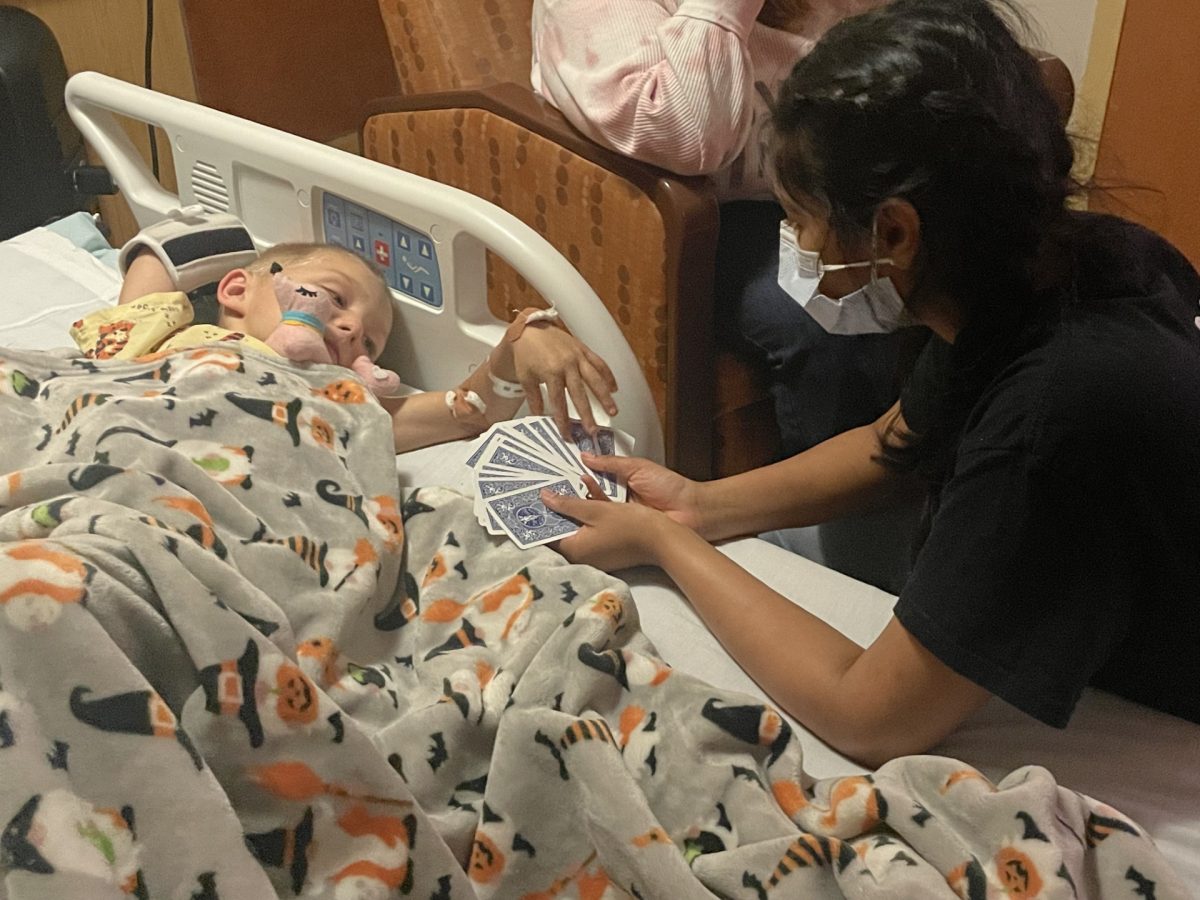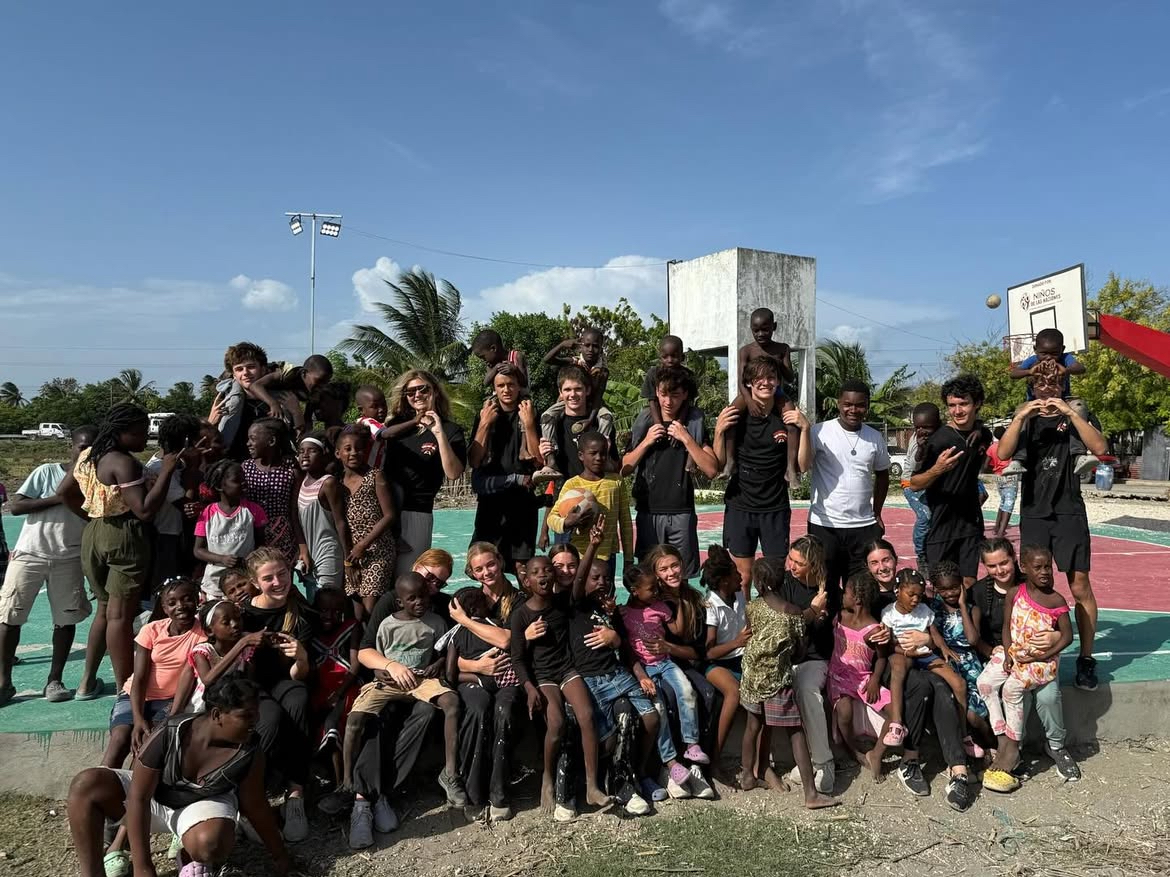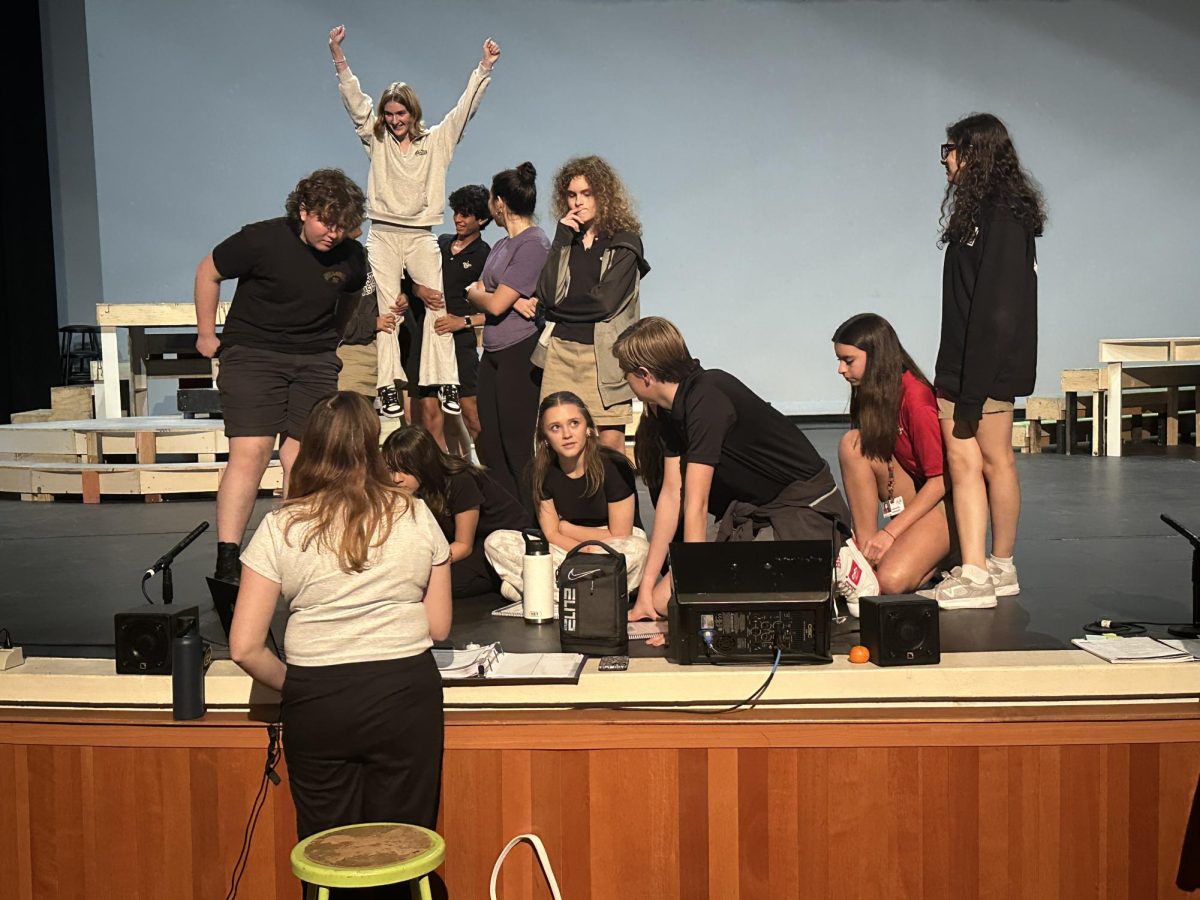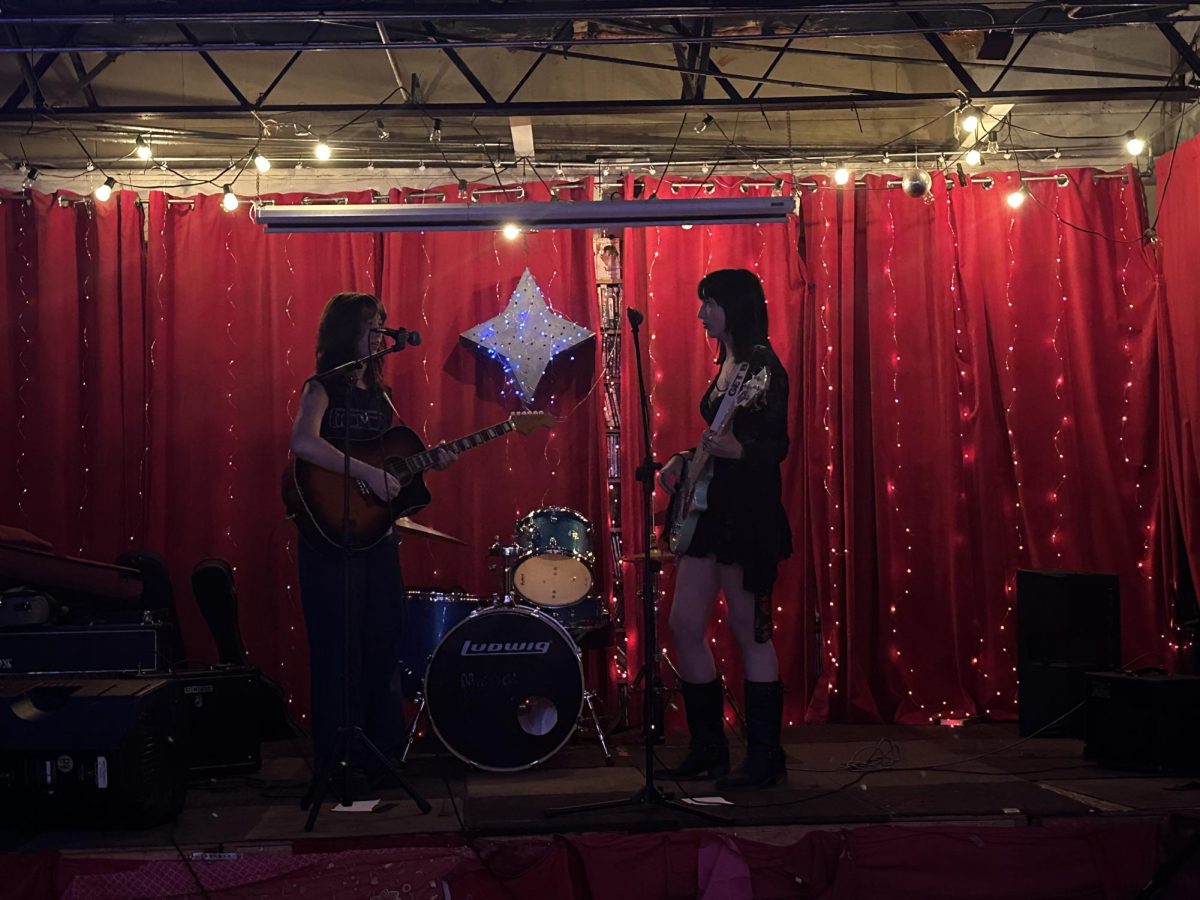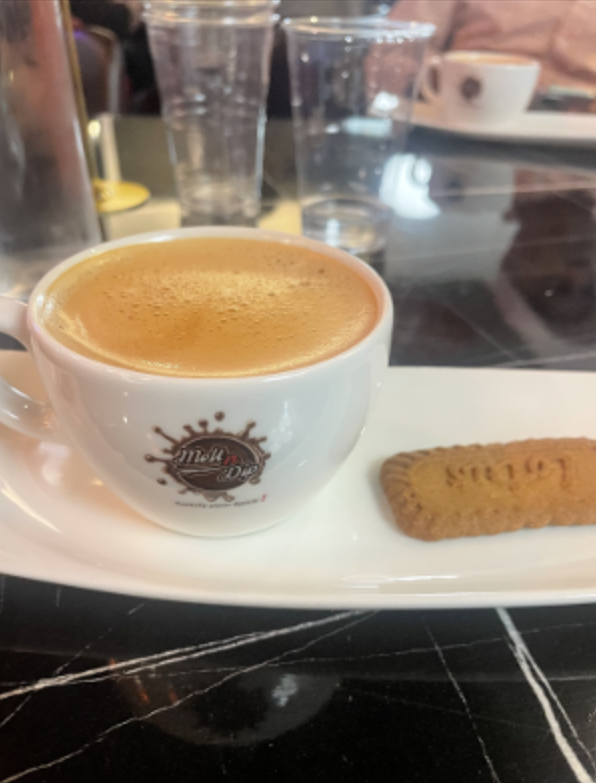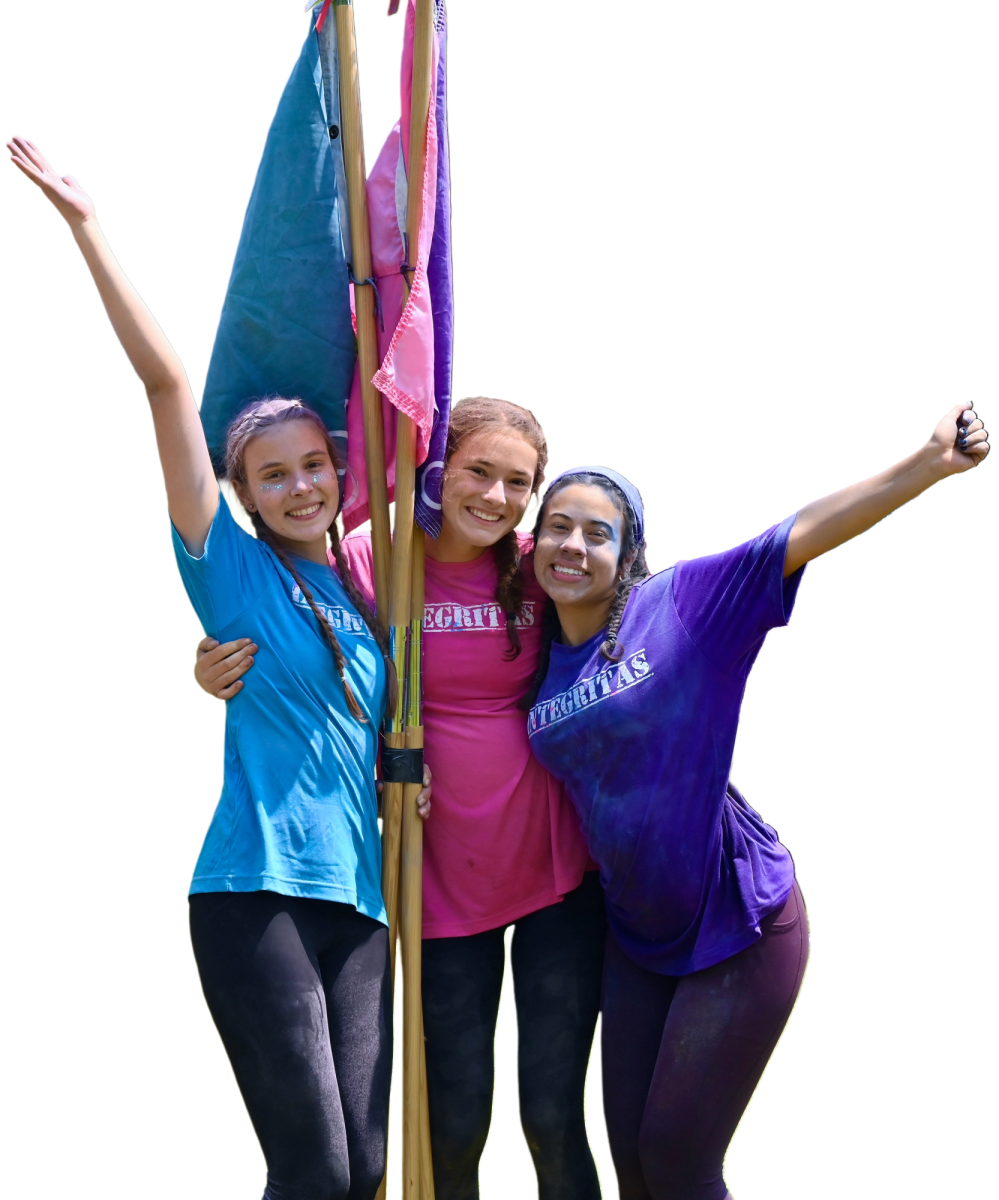Music captures the essence of humanity, whether it is emotion, philosophy, community, culture, tradition, religion, or politics. Music encapsulates human history dating back for centuries. It is much more powerful than just the upbeat pop song that is playing on the radio. Songs can be used to communicate a message, unite people, provide a call to action, and uplift spirits. The lyrics artists put together have meaning, and whether listeners interpret it in the intended way is up to them. In several cases in history, messages in songs have been so impactful that they were used as weapons during political turmoil or as companions through treacherous journeys to freedom.
Throughout the numerous wars America has faced, there has always been one common denominator: music. The rise of appreciation for music in America influenced the need for music as millions of men entered the Civil War beginning in 1861. Keeping the soldiers’ spirits high and motivating their daily activities, music was heard throughout their camps and concerts. Music played such an important role in this war that, according to www.kennedy-center.org, the Commander of the Confederate Army, Robert E. Lee, supposedly said, “I don’t believe we can have an army without music.” There were musicians on the battlefield who could either be a part of the military band or be a musician.
The Field Musicians often played during routine times such as wake-up, lights-out, and other drills, while also helping organize troops by marching. This gave young boys a taste of the war as the job of an eligible musician started at the age of twelve. Some of the instruments played by the field musicians were the bugle, which is similar to the trumpet, the drums, and the fife, which is a wooden flute. The larger bands would play when the troops were being spoken to and would perform concerts to entertain the troops, keep their spirits up, and help them get through traumatic times. These larger bands did more than just play music, as they would also take on any role from soldier to doctor whenever they were needed. The typical instruments the military bands had were woodwinds, percussion, tubas, saxhorns, and cornets.
One of the most important musical legacies of the Civil War is “Taps.” “Taps” are a 24 familiar note piece used to evoke emotion at military funerals, and scouting events, and is still used around the world to signal a day’s end in U.S. Army bases. During downtimes at the camps, troops would play instruments they brought from home or made to make music, sing, and dance. Sponsors gave the Union and Confederacy books that had different songs included to help keep patriotism, morale, and happiness alive. Music brought joy to a time that was filled with misery and loss.
In the mid-1950s, nearly a century after slavery was abolished, African American citizens of the United States began the Civil Rights movement to fight for justice from the, “Separate but equal” Jim Crow laws. During this time, Folk music played a significant role in the Civil Rights movement because it encouraged a young generation to fight for their rights and equality. The anthem of the Civil Rights movement was a song called “We Shall Overcome” by Charles Albert Tindley and was based on an African-American gospel song. This song later gained traction by a popular folk singer and activist, Pete Seeger. This song was sung at rallies, protests, and marches, and there were even “We Shall Overcome” pins and posters. This song was sung by Joan Baez, another Folk singer and activist, at the March on Washington alongside Dr. Martin Luther King, Jr., it was the lyrics of this song, and others like it, that helped give African Americans a voice as they faced hate and prejudice during their struggle for equality.
Pete Seeger became familiar with a new voice in the middle of the Civil Rights movement: a singer named Bob Dylan. Bob Dylan had a unique voice and an amazing talent for writing lyrics as he became close with Pete Seeger, who helped him get his music career started in the Folk genre. As Bob is known for his incredible music career, he also played an important role in the Civil Rights movement. His song “Blowin’ in the Wind” had a huge impact on protests with lyrics such as, “How many roads must a man walk down, before you call him a man?” that spoke to African Americans as they continued to seek peace.
Beginning in the late 1960s into the early 1970s, the hippie movement became popular across America with its iconic funky-colored clothing, wild hair, psychedelic drugs, and peace and love. Hippies, or “flower children,” protested for topics such as women’s rights, education, and the Vietnam War, while advocating for peace with their popular phrase, “Make love, not war.” The year after the end of the Civil Rights movement, 1969, America was conflicted with the controversial Vietnam War, which most young people were opposed to. As an opportunity to distract America from this stressful time and allow for peace and community, The Woodstock Music and Art Fair was held from August 15 to the 18th, 1969, on Max Yasgur’s dairy farm in Bethel, New York.
The festival promised, “Three Days of Peace and Music.” It hosted artists Jimi Hendrix, Sly and the Family Stone, The Who, The Grateful Dead, Janis Joplin, Jefferson Airplane, Country Joe and the Fish, Crosby, Stills, Nash & Young, The Band, Santana, Creedence Clearwater Revival, Joan Baez, Joe Cocker, and more. Due to a lack of security, only a few tickets were sold, but around 400,000 thousand people attended demanding free entry, which they got. Although it rained, turning the ground into mud, 400,000 people with peace and love in their hearts connected with each other and the music. Woodstock is remembered as one of the biggest music festivals in history. It served as a means for connecting peace, love, and rebellion set against controversial war, to rock and roll.
Remember, when that small hum plays in the background, it has the capability of producing sound waves that reach people from pole to pole, lifting their spirits in war, giving them a voice in political movements, or bringing them together. It will continue to do so in the future.


